Tag: tracheostomy
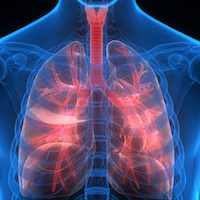
Ineffective Airway Clearance Nursing Diagnosis & Care Plans
Ineffective airway clearance is the inability to clear secretions or obstructions from the respiratory tract. This can be detrimental to breathing and create complications. Secretions can be problematic as a result of... read more
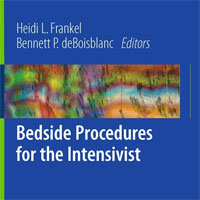
Bedside Procedures for the Intensivist
Bedside Procedures for the Intensivist delivers practical tips and clear, step-by-step instruction on the most common procedures in the ICU. The convenient and portable handbook focuses on ultrasound-guided techniques, including... read more
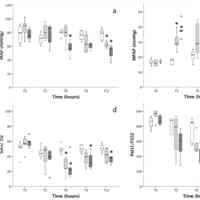
Plasma Hyaluronan, Hyaluronidase Activity and Endogenous Hyaluronidase Inhibition in Sepsis
Elevated plasma hyaluronan levels coincided with a concomitant decrease in effective plasma HYAL activity and increase of endogenous plasma HYAL inhibition both in experimental and clinical sepsis. In acute pancreatitis,... read more
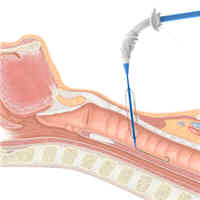
To Bronch or Not to Bronch – That Is the Question
Percutaneous tracheostomy was safely and effectively performed by an experienced surgical team both with and without bronchoscopic guidance with no difference in the complication rates. This study suggests that the use... read more
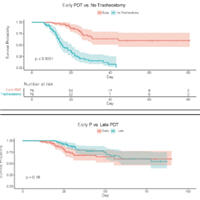
Percutaneous Dilational Tracheostomy for COVID-19 Patients Requiring Mechanical Ventilation
Patients with COVID-19 who survive the early days of MV experience severe and prolonged respiratory failure. An early modified percutaneous dilational tracheostomy (PDT) was safe for patients and healthcare providers and... read more

Association of Low Baseline Diaphragm Muscle Mass With Prolonged Mechanical Ventilation and Mortality Among Critically Ill Adults
In this study, low baseline diaphragm muscle mass in critically ill patients was associated with prolonged mechanical ventilation, complications of acute respiratory failure, and an increased risk of death in the hospital. A... read more
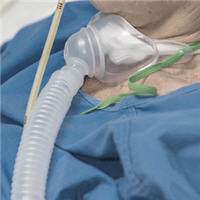
Ventilator Weaning and Discontinuation Practices for Critically Ill Patients
In this observational study of invasive mechanical ventilation discontinuation in 142 ICUs in Canada, India, the UK, Europe, Australia/New Zealand, and the US from 2013 to 2016, weaning practices varied internationally. Among... read more
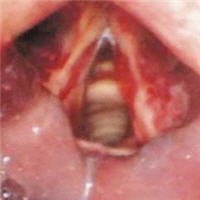
Early Intervention for the Treatment of Acute Laryngeal Injury After Intubation
This study suggests that early intervention for patients with postintubation laryngeal injury was associated with a decreased duration of tracheostomy dependence, a higher rate of decannulation, and fewer surgical procedures... read more

Outcomes of Patients Requiring Prolonged Acute vs. Short-Term Mechanical Ventilation
Over one-third of all hospitalized patients on mechanical ventilation require it for greater than or equal to 4 days. Prolonged acute mechanical ventilation patients exhibit a higher burden of both chronic and acute illness... read more
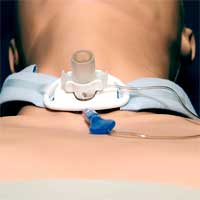
Elective Tracheostomy During COVID-19: To Whom, When, How?
We suggest to wait at least 14 days to perform tracheostomy. In patients with SOFA score > 6 and D dimer > 4, tracheostomy should not be performed or should be postponed. Optimized procedures and enhanced personal... read more
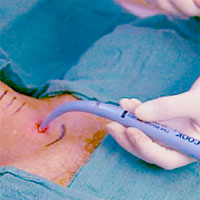
Comparison of outcomes between vertical and transverse skin incisions in percutaneous tracheostomy for critically ill patients
This retrospective study showed that transverse skin incisions in PTs for critically ill patients, resulted in a significant decrease in overall complications, particularly ulcers in the tracheostomy site. Of the 458... read more
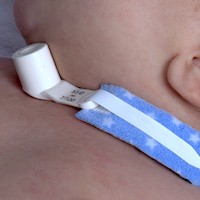
Timing of Tracheostomy in Pediatric Patients
In children on mechanical ventilation, early tracheostomy may improve important medical outcomes. However, our data demonstrate the urgent need for high-quality, randomized controlled trials in the pediatric population. Data... read more

Urgent Intubation without Neuromuscular Blocking Agents and the Risk of Tracheostomy
Neuromuscular blocking agents play a significant role in improving the success rate for urgent intubation, although there is limited evidence about the effect on subsequent outcomes, such as the incidence of tracheostomy.... read more

Safety of Early Tracheostomy in Trauma Patients After Anterior Cervical Fusion
Cervical spine injuries (CSIs) can have major effects on the respiratory system and carry a high incidence of pulmonary complications. Respiratory failure can be due to spinal cord injuries, concomitant facial fractures or... read more




